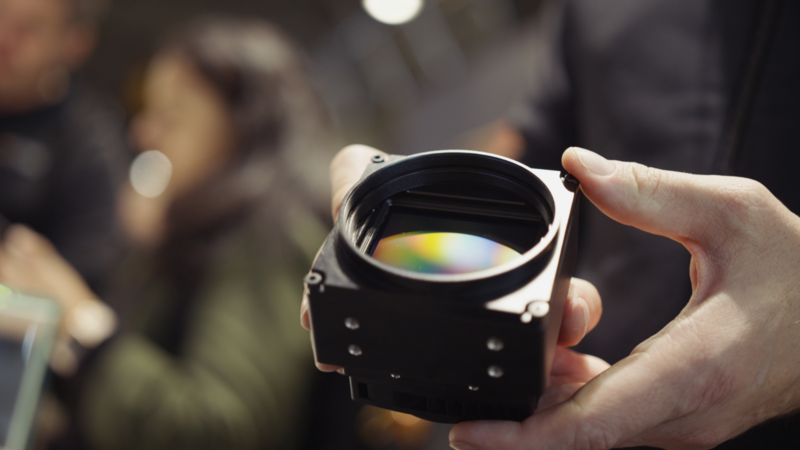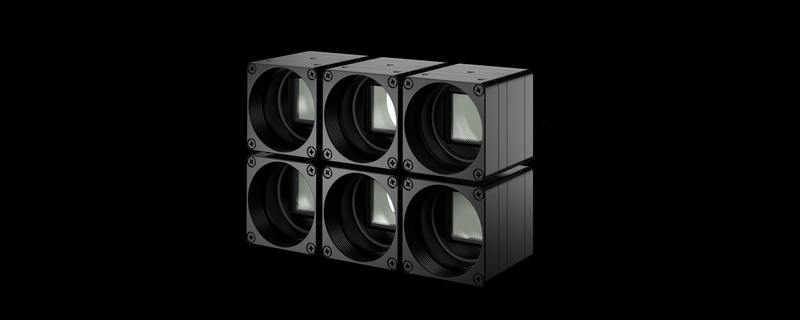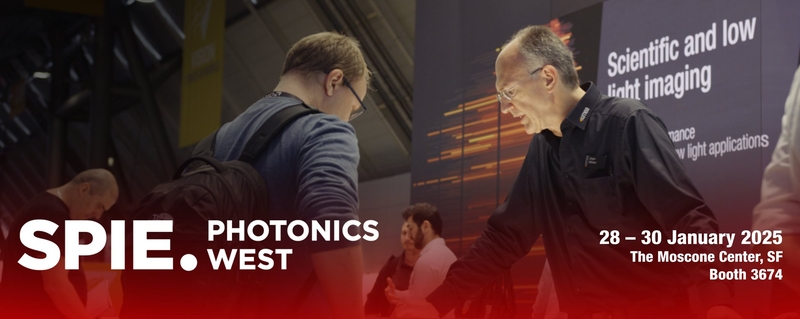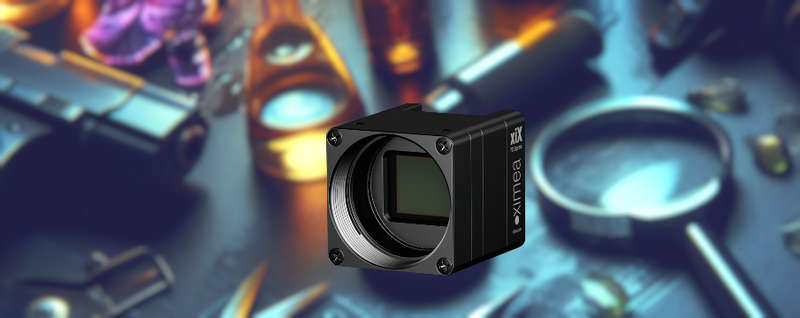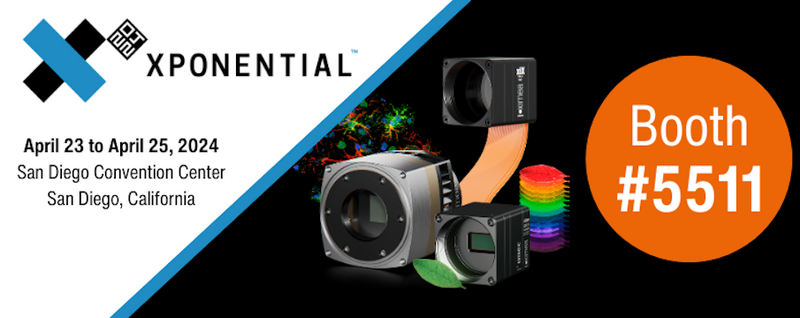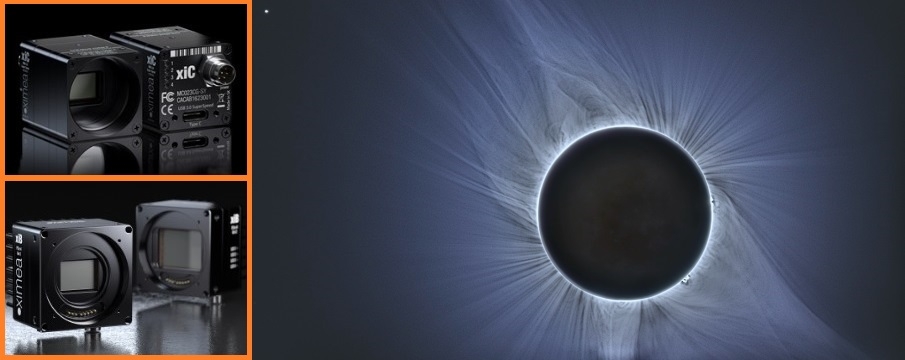
- Home
- Discover
- Your applications
- Case studies
- Sun eclipse captured with various XIMEA camera models
On August 21, 2017, the sky unleashed an extraordinary event - a total eclipse of the Sun observable across North America.
This event lured many people and some chose to travel from other continents.
XIMEA has a US subsidiary located in Colorado and our teammate Kevin Toerne drove into the area of totality in Wyoming - where it was almost as dark as night for a few fleeting minutes.
On the morning of August 21st, Kevin woke up before 5 AM – with another half million people – to drive North into Wyoming to experience the total eclipse.
A drive to a spot near Guernsey, Wyoming – which normally takes only 3 hours – took five hours thanks to all the traffic.
Kevin arrived just in time to start photographing the beginning of the eclipse.
The below image shows the two cameras used and their mounts/equipment.
On the right is a Meade ETX90 telescope with a 20 Mpixel camera (XIMEA PN: CB200MG-CM-EF) using a T-mount adapter for the Canon EF mount on the camera.
This camera is using a fiber optic data interface (the orange cable).
On the left is a Sigma 150-600mm f/5-6.3 zoom lens with a USB3 12 Mpixel Sony Pregius™ camera (XIMEA PN: MC124CG-SY-UB).
Two computers inside the cab were used to run the two cameras – inside you can just see an image of the partial eclipse taken after totality.
The Toyota Tacoma provided power for the whole setup.
Technical parameters:
Cameras:
- MC124MG-CM - USB3 camera with Sony CMOS Pregius™ IMX253
- CB200MG-CM - PCI Express camera with CMOSIS CMOS CMV12000
The 20 Mpixel monochrome camera used this adapter to mount to the Meade ETX90 telescope: Solomark T
The 12 Mpixel color C-mount camera on the Sigma zoom lens used this adapter: Fotodiox Pro
The adapter for the Sigma lens does not precisely mark the f-stop, and it was guessed to be set at approximately f8.
A homemade solar filter was used during the partial phase of the eclipse (made of aluminized mylar) and these were removed for totality.
Both cameras were run with a script allowing exposures from tens of microseconds out to a millisecond for images of the partial eclipse, while exposures for totality were starting in the tens of microseconds out to one second of exposure to capture all the detail of the corona.
Approximate location: 42.334172°N, 104.737308°W
Related articles
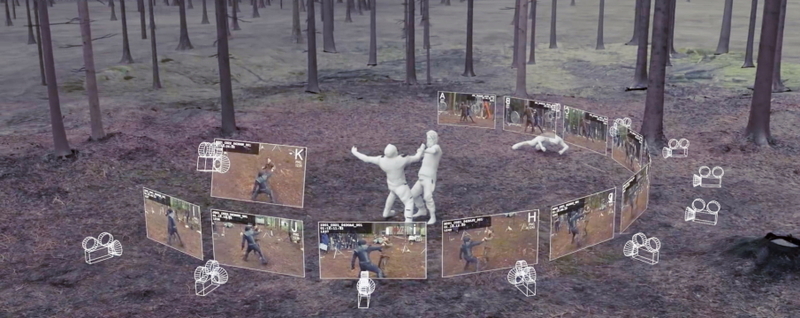
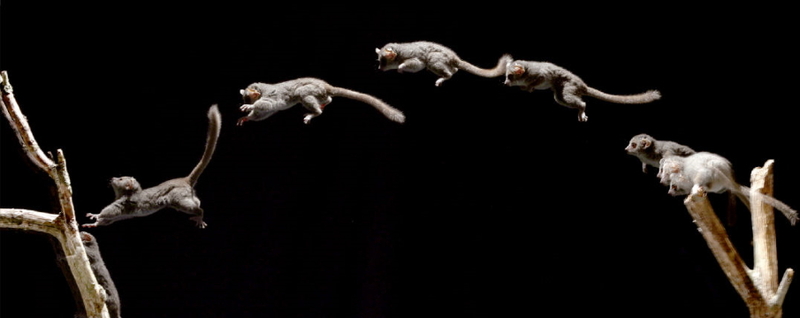
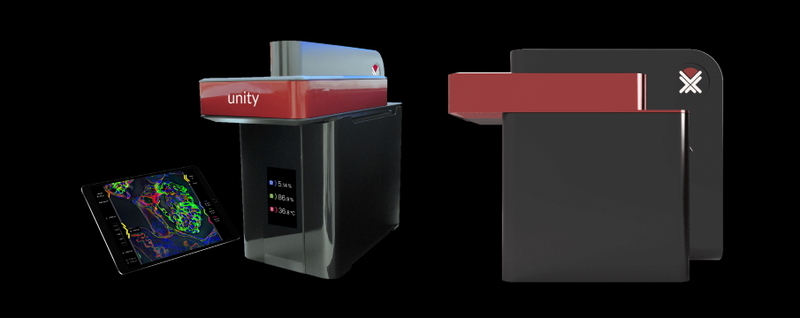
Latest articles
